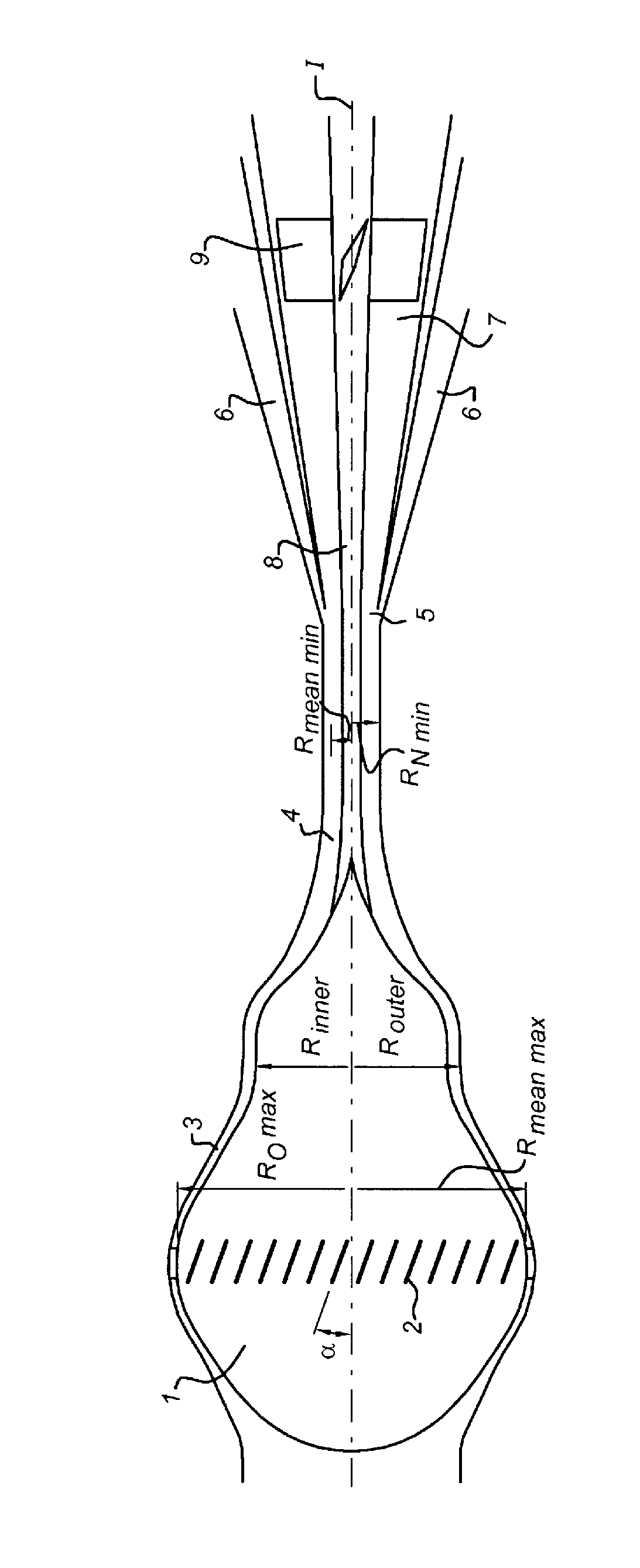Method of forming ice-phobic coating
a technology of ice-phobic coating and coating layer, which is applied in the field of forming ice-phobic coating, can solve the problems of hydrate growth and increase the number o
- Summary
- Abstract
- Description
- Claims
- Application Information
AI Technical Summary
Benefits of technology
Problems solved by technology
Method used
Image
Examples
example 1
[0073]Coating layer
[0074]The surface of a metal test part was coated with a 3 micrometer thick layer containing >90% w / w DLC, commercially available as DLN-360 (origin: Bekaert, Belgium under the brand name Dylyn®-DLC).
[0075]The following properties of said DLN 360 coating were determined using known techniques:
[0076]Water contact angle: 87° (sessile drop) [ASTM D7334-08; ambient conditions]
[0077]Hardness: 3000 HV [ASTM E384-08]
[0078]Corrosion rate: <0.1 μm / yr [ASTM B 117]
[0079]Ice adhesion strength: 0.233 MPa (+ / −8%)
[0080]Adhesion reduction ARF: 2 (compared to bare aluminium surface)
[0081]The ice adhesion strength was determined in a test method called: Centrifugal Adhesion Test (CAT). Thereto, an impeller was coated at one impeller tip with the DLC coating over a surface of 1152 mm2 The coated surface was cooled down to −5° C., where after a water ice-like layer built up by depositing a water fog on to the coated surface, resulting in an ice thickness of typically 8 mm over said s...
PUM
 Login to View More
Login to View More Abstract
Description
Claims
Application Information
 Login to View More
Login to View More - R&D
- Intellectual Property
- Life Sciences
- Materials
- Tech Scout
- Unparalleled Data Quality
- Higher Quality Content
- 60% Fewer Hallucinations
Browse by: Latest US Patents, China's latest patents, Technical Efficacy Thesaurus, Application Domain, Technology Topic, Popular Technical Reports.
© 2025 PatSnap. All rights reserved.Legal|Privacy policy|Modern Slavery Act Transparency Statement|Sitemap|About US| Contact US: help@patsnap.com


